

Year of Environmental Actions: Gardening for Pollinators
5th May 2022
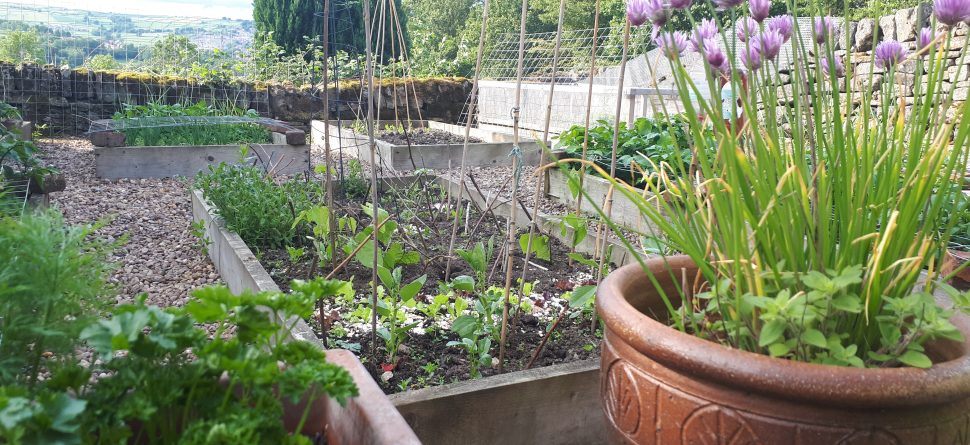
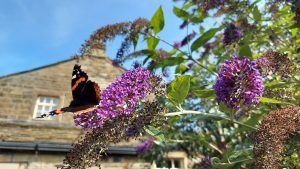
Buddleia
The amount of land covered by gardens in the UK is over four and a half times that our our nature reserves. With urbanisation and intensive agriculture pushing nature to the margins, if we are lucky enough to have some outside space, we have an opportunity to really help the nature on our doorstep – and enjoy a beautiful garden too. Last month I blogged about how I create wildlife habitats in the garden. Now the gardening year is in full swing, I’m focusing on how planting can support the bees, butterflies and other pollinators and help stop their steady decline.
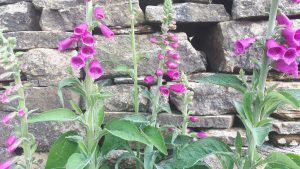
Foxgloves self-seed all over the garden and are loved by the bumblebees. Apparently they are the only ones with tongues long enough to reach the nectar in the long flowers
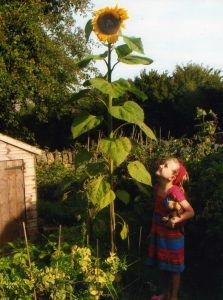
sunflower
Cotoneaster is a sprawling bush which grows against our wall. In summer it hums loudly with hundreds of carder and honey bees who are attracted to the nectar and pollen rich flowers. Birds love the berries in autumn too.
Buddleia will grow anywhere (its one of the first plants to colonise wasteland) is one of the few plants I have grown from a cutting, (by sticking an offshoot stick in a pot of soil). Also known as the Butterfly Bush, it is a magnet for them in summer as they throng to the purple flowers.
Oregano is a tough herb that thrives when my other efforts to create a herb garden failed. It seems to pop up in nooks and crannies where I didn’t plant it too, but is welcome as its aromatic flowers are irresistible to butterflies and other pollinators – and a source of flavoursome leaves for the cooking pot.
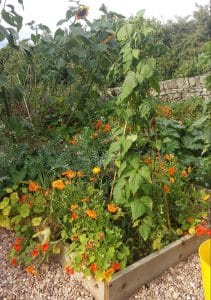
Nasturtiums with beans
Sunflowers – who can resist the appeal of a sunflowers nodding in the sunshine. Loved by insects and children alike, I grow these every year as they are so easy to start from seed. Many annual plants, such as the bedding plants bought from the garden centre, are useless to bees as they have been so tinkered with by plant breeders that they no longer serve their purpose to insects and they ignore them. Sunflowers do not fall into this category; the flowers attract ladybirds, spiders, hoverflies and more. The seeds are a great source of food for birds too.
Companion Planting; I love the grow vegetables, but its a constant fight against weeds, pests and diseases to get food on the table. I garden organically so chemicals are out of the question. Last year I started to experiment with using plants as an ally to help my efforts. It seemed to help, so this year I am engaging their services again; nasturtiums to deter aphids from the beans, onions next to carrots so their scent confuses the carrot fly and marigolds to draw aphids away from other plants. They look good, keep down the weeds and mean all the more veg gets to plate!
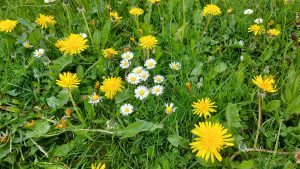
Pollinators do an essential job for humanity, pollinating crops and wildflowers which we need for our diet and our lifestyles. Climate change, nature loss and the way we live are putting their existence under threat, but a network of gardens full of nectar-rich flowers provide essential corridors for them to travel and feed, and a colourful haven for us to enjoy too.
By Annie Berrington
Managing Director
Find out how you can help bees, including getting a Bee Saver Kit with Friends of the Earth’s Bee Cause.

